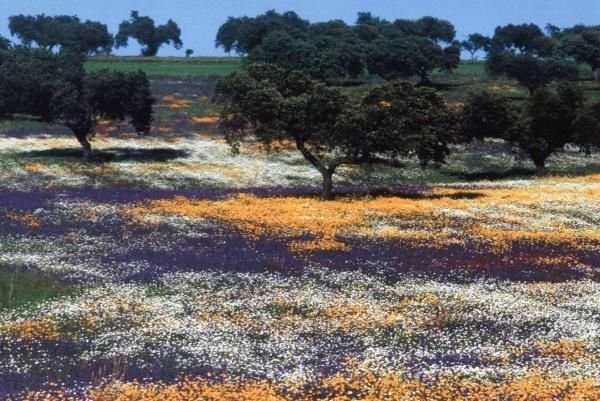Biodiversidad, Ecología y Evolución
Departamento


Universidade de Coimbra
Coímbra, PortugalPublicaciones en colaboración con investigadores/as de Universidade de Coimbra (73)
2024
-
Covariation between the shape and mineralized tissues of the rib cross section in Homo sapiens, Pan troglodytes and Sts 14
American Journal of Biological Anthropology, Vol. 183, Núm. 1, pp. 157-164
-
Earthworms (Oligochaeta, Clitellata) of the Mitaraka range (French Guiana): Commented checklist with description of one genus and eighteen species new to science
Zoosystema, Vol. 46, Núm. 9, pp. 195-244
-
Eco-geographic and sexual variation of the ribcage in Homo sapiens
Evolutionary Anthropology
-
Fruit wings accelerate germination in Anacyclus clavatus
American Journal of Botany, Vol. 111, Núm. 1
-
How to make a digital reconstruction of the human ribcage
Journal of Anatomy, Vol. 245, Núm. 1, pp. 27-34
-
Ontogeny and sexual dimorphism in the human hands through a 2D geometric morphometrics approach
American Journal of Biological Anthropology, Vol. 185, Núm. 1
-
Sexual dimorphism in the enamel-dentine junction (EDJ) of permanent canines of European modern humans
American Journal of Biological Anthropology, Vol. 184, Núm. 2
-
Unearthing the soil-borne microbiome of land plants
Global Change Biology, Vol. 30, Núm. 5
-
Unforeseen plant phenotypic diversity in a dry and grazed world
Nature, Vol. 632, Núm. 8026, pp. 808-814
-
Unravelling large-scale patterns and drivers of biodiversity in dry rivers
Nature Communications, Vol. 15, Núm. 1
-
Urban greenspaces and nearby natural areas support similar levels of soil ecosystem services
npj Urban Sustainability, Vol. 4, Núm. 1
2023
-
2D Geometric morphometrics of the first lower molar of the genus Meles Brisson, 1762 including new badger evidence from the Lower Pleistocene Quibas site (Murcia, Spain)
Comptes Rendus - Palevol, Vol. 7, pp. 91-107
-
Biogenic factors explain soil carbon in paired urban and natural ecosystems worldwide
Nature Climate Change, Vol. 13, Núm. 5, pp. 450-455
-
Climate effect on the growth and hydraulic traits of two shrubs from the top of a Mediterranean mountain
Science of the Total Environment, Vol. 902
-
Cranial fluctuating asymmetry in Danish populations from the Neolithic to the Early Modern Age
Archaeological and Anthropological Sciences, Vol. 15, Núm. 12
-
Erratum: Publisher Correction: Soil contamination in nearby natural areas mirrors that in urban greenspaces worldwide (Nature communications (2023) 14 1 (1706))
Nature communications
-
Estimation of the upper diaphragm in KNM-WT 15000 (Homo erectus s.l.) and Kebara 2 (Homo neanderthalensis) using a Homo sapiens model
Journal of Human Evolution, Vol. 185
-
How accurate are medical CT and micro-CT techniques compared to classical histology when addressing the growth of the internal rib parameters?
Anthropologischer Anzeiger, Vol. 80, Núm. 3, pp. 307-316
-
Soil biodiversity supports the delivery of multiple ecosystem functions in urban greenspaces
Nature Ecology and Evolution, Vol. 7, Núm. 1, pp. 113-126
-
Soil contamination in nearby natural areas mirrors that in urban greenspaces worldwide
Nature communications, Vol. 14, Núm. 1, pp. 1706